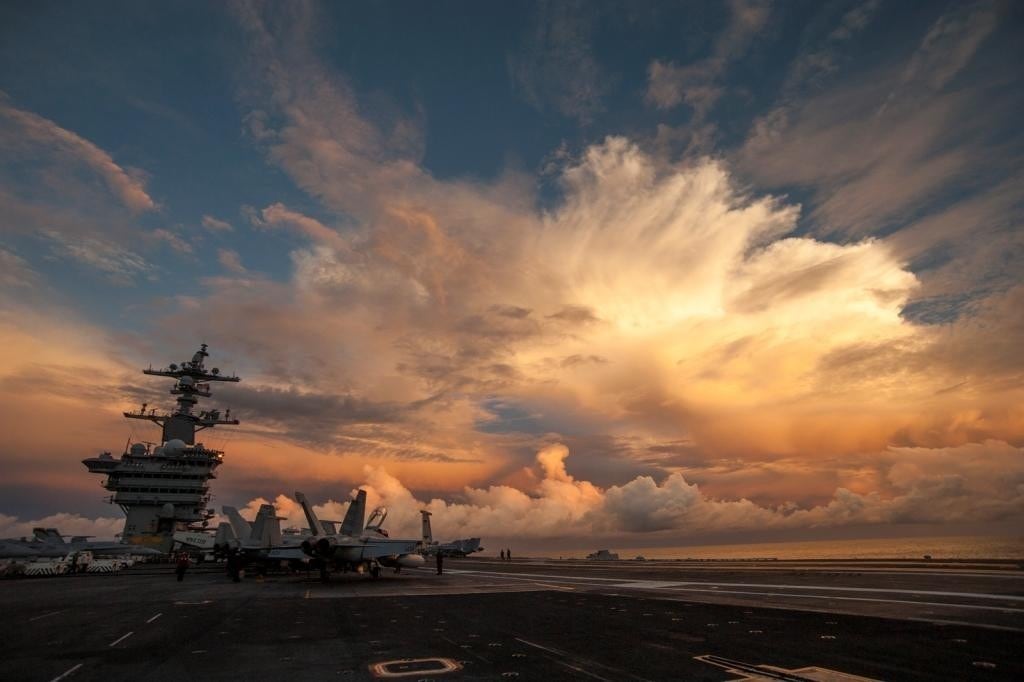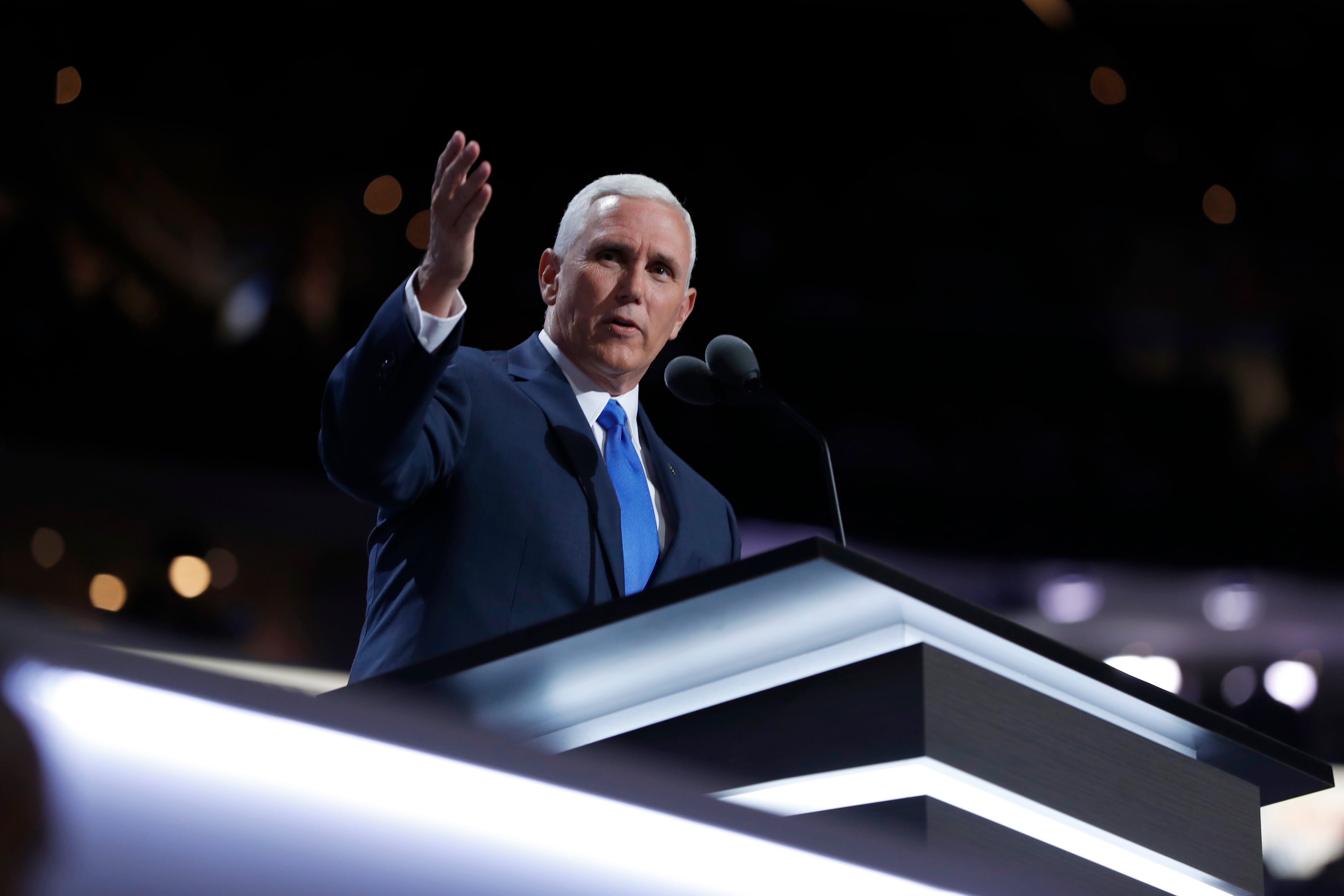Marines are eyeing new alternative shipping platforms to solve an emerging problem: how to bring Marine units in the Pacific together quickly in the event of a crisis.
A planned move of thousands of Marines from the Japanese island of Okinawa to other locations throughout the Asia-Pacific region will make the Corps more regionally capable, but create an "aggregation challenge" to major contingency operations, Marine Corps Commandant Gen. Joseph Dunford told lawmakers at a Washington, D.C., event hosted by the Shipbuilding Caucus Thursday morning. One possible solution: position new ships like the afloat forward staging base in key Pacific locations, ready to transport lots of Marines quickly.
"It isn't just about one ship, it's not just about one location, it's about dealing with a logistics challenge, a training challenge, a war-fighting challenge with a shortfall of platforms," Dunford said.
The Marine Corps is in the process of building training areas and barracks to house 5,000 Marines in Guam by 2021. About 1,000 Marines are now stationed in Darwin, Australia, on a rotational basis, and that number is expected to grow to 2,500 troops by next year in accordance with a bilateral agreement between the two countries. These moves are part of a long-range plan to reduce the Marine Corps' footprint on Okinawa, which has long hosted the bulk of the service's Corps' Pacific presence.
Theat new arrangement will have has its benefits, Dunford said.
"On a dDay-to-day, that distribution will provide us more effective theater security cooperation, working with our partners, and so forth," he said. "But it creates an aggregation challenge in the event of a contingency, and it also, just from a training perspective, creates issues as well."
All the Marines' Pacific-based units belong to III Marine Expeditionary Force, which serves U.S. Pacific Command as a "fight-tonight force" at the ready to respond to major crises in the region, Dunford said.
While the commandant did not offer examples of what sort of contingencies might call for a concerted III MEF response, the region is home to China, an unpredictable player and rising sea power, and North Korea, whose threats of nuclear strikes have prompted the U.S. to shore up its missile defense systems. The area is also prone to major humanitarian emergencies, like typhoons, tsunamis and earthquakes — all of which Marines have been called on to respond.
For this reason, Dunford he said, the Pacific is one of two priority regions that may host new alternative platforms as they become deployable. Designed to alleviate some of the burden on an overtaxed amphibious ship fleet, the new platforms include, among others, the joint high-speed vessel and the tanker-like mobile landing platform, which can be fitted with a flight deck and berthing space to create the afloat forward staging base.
The heads of U.S. Africa and European Commands have already requested that an afloat forward staging base be positioned near that continent Africa to assist with crisis response and security efforts, and Dunford indicated the Pacific might be a candidate to receive one or more of the ships as they become available.
"If I were to give you priorities, probably the two priorities right now would be mitigating the risk in AFRICOM and mitigating the risk in the Pacific Command," he said. "And there's plenty of other places that we could use [alternative platforms.]"
This plan is one of several possible solutions aimed at helping Marines to get around in the massive Pacific theater. Earlier this year, outgoing Chief of Naval Operations Adm. Jon Greenert said told Navy Times the new amphibious assault ship America may be dispatched to Australia in coming years as the lead ship of a new amphibious ready group to be stationed in the region.
Officials in 2012 also discussed the possibility of basing a U.S. carrier in Perth, Australia, to provide transport to troops and equipment.


If the afloat forward staging base is tapped for a Pacific mission, it could still be years before the first ship arrives in the region. The first of its kind, the Lewis B. Puller, was delivered to the Navy in mid-June, and may be sent to the Mediterranean or the African Gulf of Guinea following required testing. In all, the Navy is set to receive five mobile landing platforms or afloat forward staging base variants by 2021.
"We'll rack and stack the combatant commanders' demands" to determine where the platforms will go, Dunford said.




